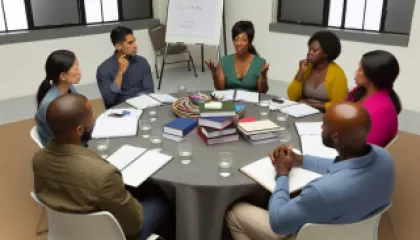Overcoming Disappointment: Lessons from 'The Alchemist'
1 year ago
Dealing with Disappointment
Overcoming Anxiety with Lessons from 'The Alchemist'
1 year ago
Anxiety
Unraveling the Science Behind Breaking Bad Habits
1 year ago
Breaking Bad Habits
Mastering Body Language: The Comprehensive Guide
1 year ago
Body Language Basics
Step-by-Step Guide to Managing Toxic Relationships
1 year ago
Managing Toxic Relationships
Top 10 Techniques to Sharpen Your Intuition
1 year ago
Developing Intuition
Mastering the Mindset: My Journey to Embracing Success Psychology
1 year ago
Success Psychology
Decoding Adult Attachment: A Personal Insight
1 year ago
Understanding Attachment in Adults
Unraveling the Psychology of Belief: Why We Hold Our Convictions
1 year ago
Psychology of Belief
Understanding Stress vs. Anxiety: A Comprehensive Guide
1 year ago
Stress vs Anxiety
Mastering the Art of Overcoming Resistance: A Comprehensive Guide
1 year ago
Understanding Resistance
The Crucial Role of Trust Building in Strengthening Relationships
1 year ago
Trust Building
5 Steps to Begin Mindfulness Meditation for Beginners
1 year ago
Mindfulness Meditation
10 Effective Strategies for Resolving Relationship Conflicts
1 year ago
Navigating Relationship Conflicts














